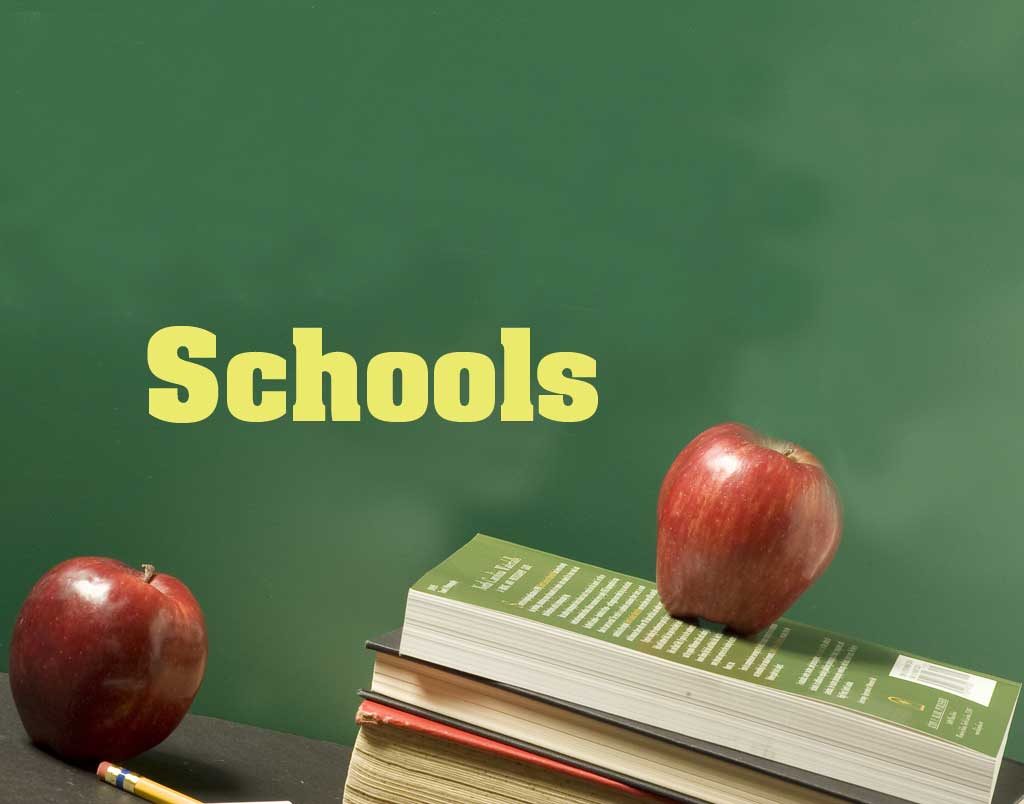Gov. Phil Murphy has unveiled his Fiscal Year 2022 budget, which includes proposed funding for New Jersey’s public school districts during the 2021-22 academic year.
In terms of state aid, some school districts have come out winners and will see an increase in their support from Trenton, while some school districts have come out losers and will see their state aid continue to decrease.
The amount of state aid a school district receives helps to determine the amount of taxes a school board must raise from a municipality’s residential and commercial property owners to support the operation of a school district in an academic year.
For school districts that are scheduled to lose state aid in 2021-22, the impact of the reduction will become clear when school board members introduce their budgets for the upcoming academic year during the next few weeks and administrators explain how the loss of state aid will be accommodated in their budget.
According to information provided by the New Jersey School Boards Association, local school districts will see the following year-to-year changes in their state aid:
• Freehold Regional High School District (enrolls students from Howell and Farmingdale) – A decrease in state aid of $6.68 million from $40.73 million in 2020-21 to $34.05 million in 2021-22;
Superintendent of Schools Charles Sampson, whose district is facing a loss in state revenue of almost $7 million said, “For the past two years, districts facing the loss of state aid due to (state legislation known as S-2) have consistently petitioned our legislators to re-examine this deeply flawed funding formula.
“The result? Draconian cuts to many districts during a pandemic. We opened our doors for students this fall at a great cost after prepping our buildings for the new COVID era.
“Instead of being recognized for our hard work and dedication in getting students back into the classroom, the district is having its (state) aid cut approximately $7 million,” he said.
“Freehold Regional was $1.5 million under adequacy (a measure of spending) in 2019-20. In 2020-21, we are $4.8 million under adequacy. To translate, this means we tax to the 2% cap and still spend approximately $5 million less than what state says we should spend.
“Yet state leaders believe there is nothing wrong with the current funding formula? The continued slashing of state aid under S-2 is disheartening for our communities and our children. New Jersey needs to re-evaluate the outdated funding formula to ensure fair funding for all,” Sampson said.
• Farmingdale Public School – A decrease in state aid of $58,800 from $804,538 million in 2020-21 to $745,738 million in 2021-22;
• Howell K-8 School District – A decrease in state aid of $3.02 million from $28.19 million in 2020-21 to $25.16 million in 2021-22;
• Jackson School District – A decrease in state aid of $4.23 million from $42.99 million in 2020-21 to $38.75 million in 2021-22.
Murphy is proposing to provide $18.1 billion in pre-kindergarten through grade 12 school aid funding in Fiscal Year 2022. His proposal is subject to review and approval in the state Legislature.
The governor’s proposed FY2022 budget offers $578 million in additional K-12 school aid and nearly $50 million in additional preschool funding, according to information provided by his office.
When paired with additional investments in Extraordinary Special Aid and stabilization aid, the FY2022 budget increases school funding by $700 million, according to the governor’s office.
School districts will be able to use state funds in conjunction with federal resources to address COVID-19 related learning loss, for stand-up mental health programs, to train educators and to remediate buildings, among other uses, according to the governor’s office.
According to Murphy, the FY2022 budget proposal continues a seven-year phase-in to fully fund New Jersey’s school funding formula.
However, in order to accomplish the goal of fully funding New Jersey’s school funding formula, the formula has been taking state aid away from some school districts – like Freehold Regional, Howell and Jackson – and adding state aid to other school districts. The pattern is scheduled to continue for another three years, according to state officials.
The governor’s FY2022 budget proposal includes $750,000 for minority teacher development grants and $550,000 to encourage retention and diversification within the teaching profession; the appropriation for nursing services in nonpublic schools will increase by $1.5 million, while state funding for the nonpublic technology initiative will be restored at $5.4 million; funding for auxiliary services provided to nonpublic school students, such as compensatory education and English as a Second Language services, will increase by $1 million; and an additional $974.4 million in pension and benefits to support retired educators.

